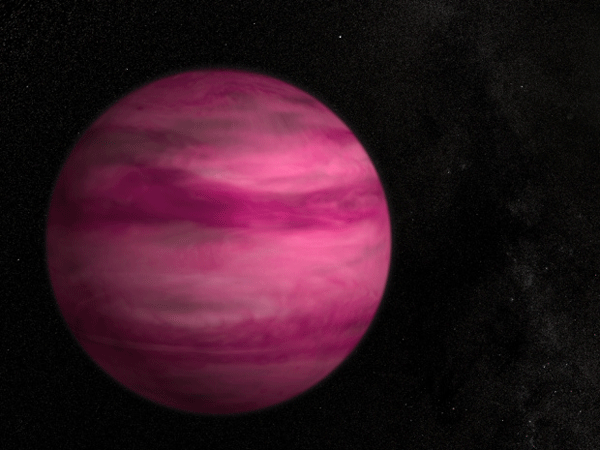

London : NASA finds a defying pink planet
DJ
London, 13 August, 2013 : Astronomers have observed a magenta planet the size of Jupiter about 57 light years from Earth. It’s the smallest planet ever detected outside the Solar System using direct imaging techniques.

“It’s a Barbie world!” might have been the chant that Hawaiian astronomers screamed after the discovery of GJ-504b. As NASA reported through its online site, the discovery was possible using infrared data from the Subaru Telescope by a team of international astronomers. Although it is the lowest-mass planet ever detected around a star like the sun using direct imaging techniques, it has the mass several times of Jupiter.
GJ 504b orbits its star at a distance nearly nine times the distance from Jupiter to the Sun. Experts and scientist alike have been challenged by this fact, as the theories of planet formation can’t fully explain such a massive planet orbiting so far from its central star. The most widely accepted theory, called the core-accretion model, describes the formation of Jupiter-like planets by starting out in the gas-rich debris disk surroundings of a young star. After the core is massive enough, its gravitational field attracts gas from the debris disk to form the fully sized planet.